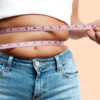SUMMARY
Ketosis is a process that occurs when carb intake is reduced and your body is forced to burn fat for fuel. It can help you lose weight and improve your health.
Fresh N’ Lean is the nation’s largest organic meal delivery service. Our tasty, chef-prepared cuisine is always fresh and never frozen, and we offer five convenient meal plans: Protein+, Keto, Paleo, Standard Vegan and Low-Carb Vegan. Choose Fresh N’ Lean for affordable nutrition, delivered to your doorstep.
If you’re curious about the ketogenic diet, you’re probably also curious about ketosis.
The ketogenic diet is more commonly known as the keto diet. Many people have found success using this low-carb eating plan to help them drop extra pounds and maintain a healthy weight.
Essentially, ketosis — also known as nutritional ketosis or dietary ketosis — is the biological process that allows the ketogenic diet to help you burn fat more efficiently and achieve healthy weight loss. If you want the keto diet to work for you, it can be helpful to have a full understanding of what ketosis is and what it means for the body.
With that in mind, let’s take a closer look at what dietary ketosis is all about.
In this article, we will:
- Define ketosis and explain how it affects you biologically
- Explain the relationship between ketosis and the ketogenic diet
- Let you know if ketone supplements are beneficial for weight loss
- Discuss the difference between nutritional ketosis and ketoacidosis
- List the benefits of ketosis
- Share some ketosis side effects
- List foods to eat and foods to avoid if you want to reach ketosis
What is ketosis?
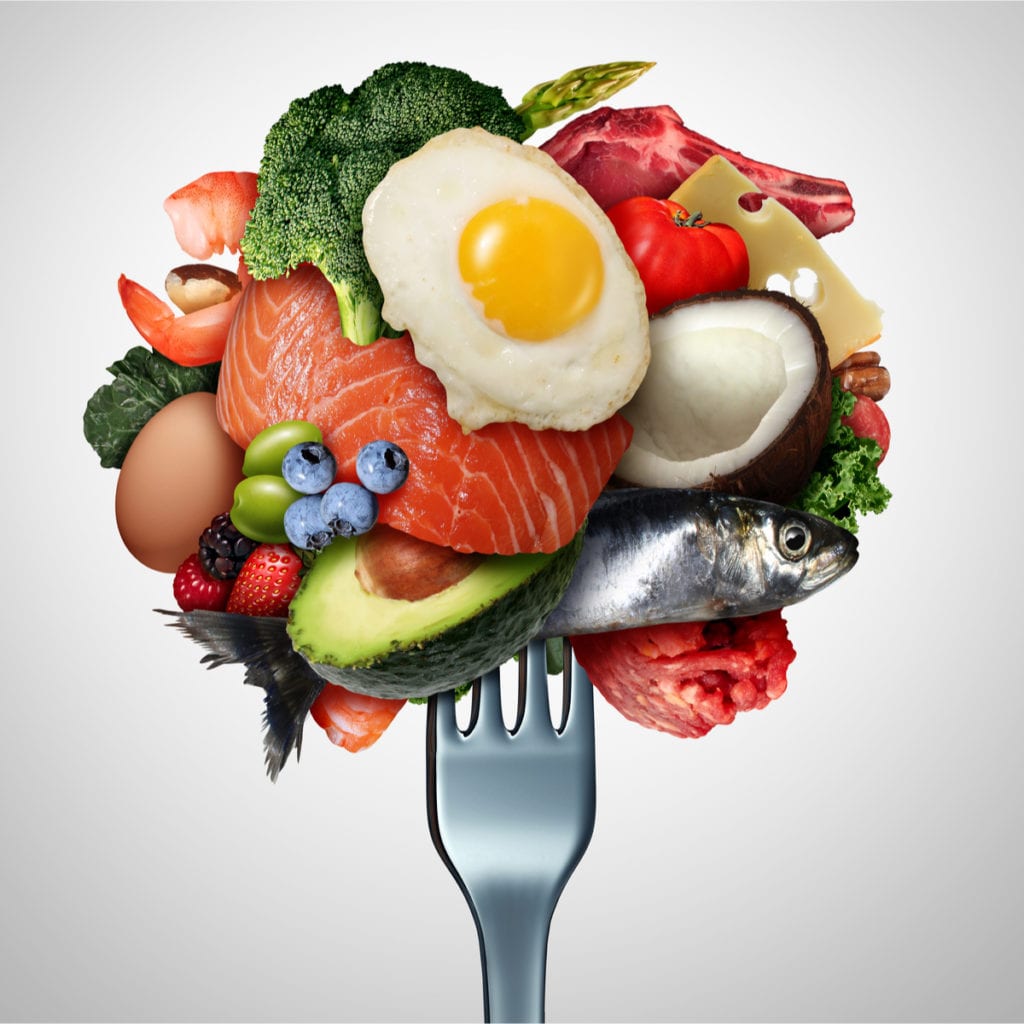
A ketosis definition has to begin with a discussion about carbohydrate intake.
Your body typically uses carbohydrates as a source of fuel. But what happens when carbohydrate intake is restricted? That’s when a process called ketosis kicks in.
Ketosis takes place when your body doesn’t have enough carbohydrates to provide the energy it needs to function. Instead of relying on carbohydrate intake for energy, your body turns to fat.
It burns this fat and uses it to make things called ketones. Each ketone (also referred to as a ketone body) that is generated during this process is used to provide you with the energy your body needs to function.
Once ketone production kicks in, the body is said to be in ketosis.
Ketosis, ketones and glucose
Ketosis is a metabolic state. Each ketone that is generated is found in the blood, so there are high blood ketone levels during this process.
As we’ve mentioned, ketosis occurs during periods of carbohydrate restriction.
Glucose (also known as blood sugar) is the body’s preferred energy source. Each carbohydrate we consume is easily converted to glucose. As a result, the body turns to carbs when looking for sources of glucose to be used for the process of generating energy.
Typically, glucose is stored in your liver. It’s released from the liver on an as-needed basis when energy is required. However, if your carbohydrate intake has been extremely low for a day or two, this will wipe out your body’s glucose reserves.
It’s important to note that your liver can make some glucose from the amino acids found in the protein you eat. This process is known as gluconeogenesis. However, gluconeogenesis doesn’t provide nearly enough glucose to fully meet your body’s needs. The brain, especially, requires a constant supply of glucose to function at its best.
Ketosis provides an alternative source of energy when your body’s glucose levels are low. Via nutritional ketosis, your body is able to get the energy it needs to function well when carbohydrate intake is low or non-existent.
Not every ketone produced during ketosis is needed for energy. Each ketone that isn’t used for energy production is excreted via the kidneys and the urine.
Ketone bodies, fat and the liver
As with glucose, ketone bodies are made in the liver. The liver turns to two sources when producing ketones: the fat you eat (dietary fat) and your own body fat.
The liver produces ketone bodies even when you’re eating a diet that’s higher in carbs. When a carb-restricted diet causes glucose and insulin levels to plummet, the liver steps up its ketone production, generating more ketone bodies than it normally does. This is done to help ensure that the brain has all the ketone bodies it needs for energy.
The liver makes different types of ketone bodies. Two of these are beta-hydroxybutyrate (BHB) and acetoacetate. There’s also acetone, which is produced when acetoacetate is broken down. BHB is the ketone body that’s typically measured in the blood.
Once the level of ketone bodies in your blood reaches a certain level, you’re said to be in nutritional ketosis.
So, what ketone level is required to reach this state? Ketogenic diet experts state that nutritional ketosis is reached when there is a minimum of 0.5 mmol/L of BHB present in the blood.
Ketosis and the ketogenic diet

The ketogenic diet is low in carbohydrates. This is designed to put you into ketosis.
How low does your carb intake have to be to set ketosis in gear?
The exact level of carb intake required to raise your blood ketones and trigger ketosis can vary from one person to the next. However, for nutritional ketosis to kick in, you generally need to consume fewer than 50 grams of carbs per day.
A keto diet isn’t your only option if you want to reach a state of ketosis. You may also be able to achieve dietary ketosis via intermittent fasting. Intermittent fasting is an eating schedule that requires you to abstain from food for set periods of time.
How can you tell if your diet has put you in a state of nutritional ketosis? You can figure this out by measuring the ketone levels in your blood. You can do this by using a tool such as a ketone meter.
Are ketone supplements beneficial for weight loss?

Ketone supplements are available that are designed to support the keto diet. Ketones that come from a synthetic source outside your body are known as exogenous ketones. Ketone supplements often include ingredients such as exogenous ketones. These may take the form of ketone salts or an ingredient known as a ketone ester.
The research so far on ketone supplements has been mixed. Some studies show these supplements may help decrease your appetite, which supports weight loss. But other studies show that these supplements may hinder weight loss by preventing the body from effectively burning stored fat.
Nutritional ketosis vs. ketoacidosis
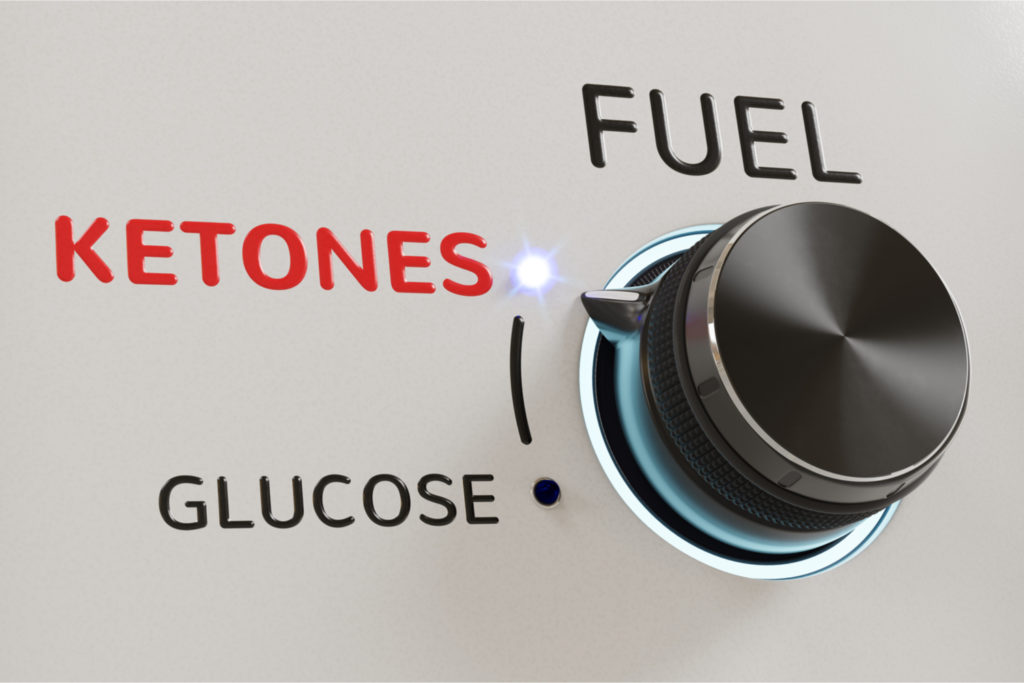
Nutritional ketosis is sometimes confused with ketoacidosis. The two are actually very different.
Ketosis is a natural state that allows the body to utilize fat for energy. It can be used as a tool for improving your health.
Ketoacidosis — also known as diabetic ketoacidosis — is a condition that’s associated with diabetes. Diabetic ketoacidosis is dangerous and has the potential to be fatal. It mainly affects those with type 1 diabetes, and it sets in when not enough insulin has been given.
With diabetic ketoacidosis, insulin levels become very low. There isn’t enough insulin present to allow blood glucose to enter the cells, and this places the body in starvation mode. The body starts to convert fat and protein into ketones at a dangerously rapid rate — a rate much higher than that seen in nutritional ketosis.
Diabetic ketoacidosis can cause the blood to become acidic, and this can trigger serious health problems.
Ketosis benefits
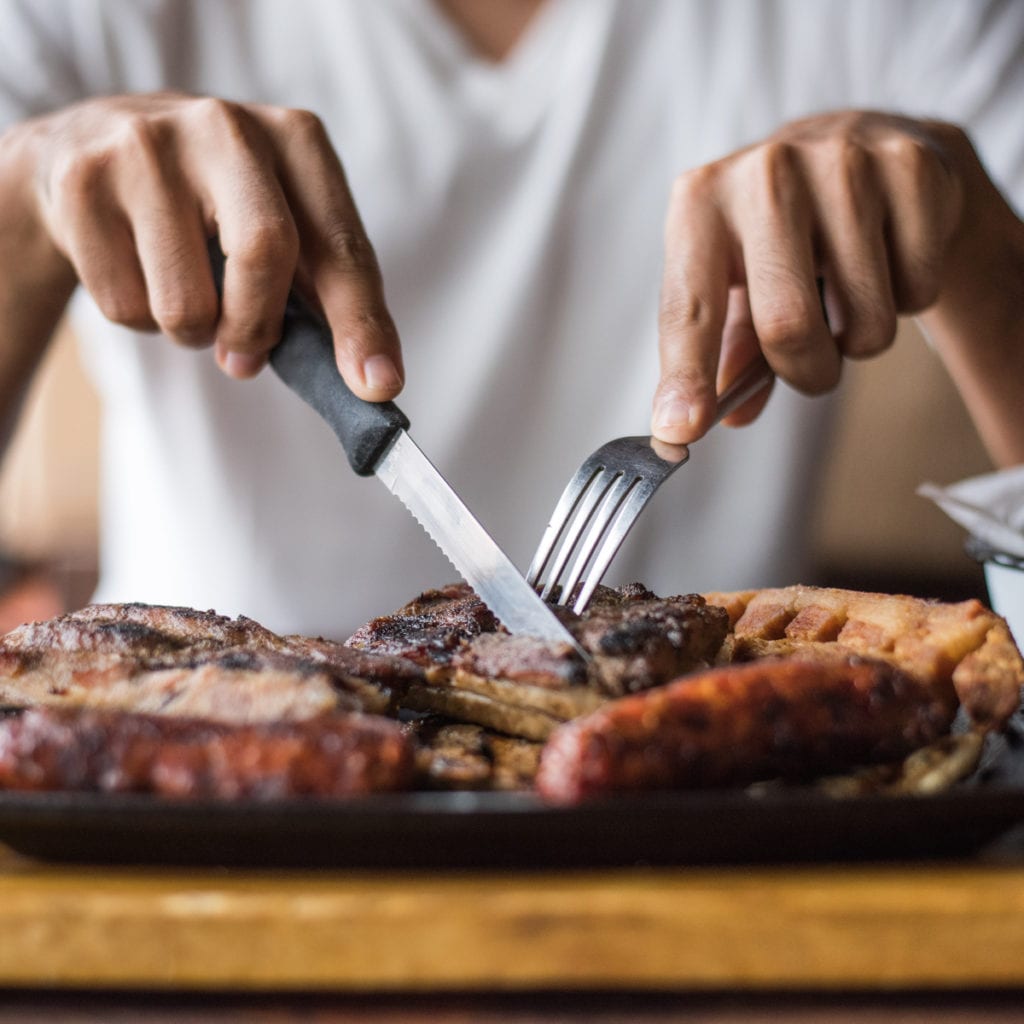
Nutritional ketosis provides these benefits:
1. Helps treat epilepsy
Epilepsy is a brain disorder that can result in seizures. According to the Epilepsy Foundation, epilepsy is the fourth most common neurological problem in the United States. The only health conditions within this category that occur more frequently are migraine, stroke and Alzheimer’s disease. It’s estimated that 1 in 26 people in the U.S. will develop epilepsy at some point in their life.
Drugs are used to treat epilepsy, but they aren’t effective in all cases. Ketosis appears to have a beneficial effect on this neurological condition. Back in the 1920s, researchers discovered that a ketogenic diet could be used to treat epilepsy in people who didn’t respond to drugs.
This approach seems to be especially effective in children. Studies show that many children with epilepsy have experienced a reduction in seizures or complete remission while following a ketogenic diet.
2. Supports healthy weight loss

Many of the people who adopt a keto diet do so because ketosis has a positive effect on weight loss. Ketosis can help the body burn fat more efficiently; it’s also possible to build muscle mass while following a keto eating plan. A ketogenic diet may be able to help you move past plateaus and achieve fat loss that other diets have failed to deliver.
Many of us turn to low-fat diets when seeking to lose weight. Some studies indicate that a ketogenic diet may be more beneficial for weight loss than low-fat diets.
3. May help treat type 2 diabetes
Ketosis and a ketogenic diet may be helpful for the treatment of type 2 diabetes.
The ketogenic diet is low in carbs. A 24-week study looked at the impact of a low-carbohydrate diet on people with type 2 diabetes. The research showed that those who followed the keto diet saw notable improvements in glycemic control and medication reduction.
4. May help treat Parkinson’s disease
We’ve mentioned that ketosis and a keto eating plan can be useful in treating epilepsy. It turns out that a ketogenic diet can also be effective in treating another neurological condition: Parkinson’s disease.
In a 2018 study, participants with Parkinson’s experienced improvement in motor and nonmotor symptoms on a ketogenic diet.
5. May help treat metabolic syndrome
Metabolic syndrome is often referred to as prediabetes. One symptom is a large waistline — 35 inches or more in women and 40 inches or more in men. Other symptoms include high blood pressure and elevated fasting blood sugar levels.
Those with metabolic syndrome are at higher risk for developing diabetes. They’re also more likely to develop a metabolic disorder related to insulin resistance, such as heart disease.
Research shows that a keto diet can provide huge benefits for those with metabolic syndrome. In one study, participants with metabolic syndrome decreased triglycerides and lost 14 percent of their body fat on a ketogenic diet.
Ketosis side effects

Ketosis sometimes comes with a few side effects.
You may feel a bit run down when first starting a keto diet. This condition is often called “keto flu,” though it isn’t an official medical ailment. Some speculate that it may be caused by the effect of your body withdrawing from sugar and carbs.
You may also notice these ketosis side effects:
- Headaches
- Nausea
- Brain fog
- Trouble sleeping
- Sugar cravings
- Sore muscles
- Bad breath (also known as keto breath)
Hang in there. These side effects are all temporary and usually go away after your body has gotten used to ketosis and a ketogenic diet.
Foods that support ketosis
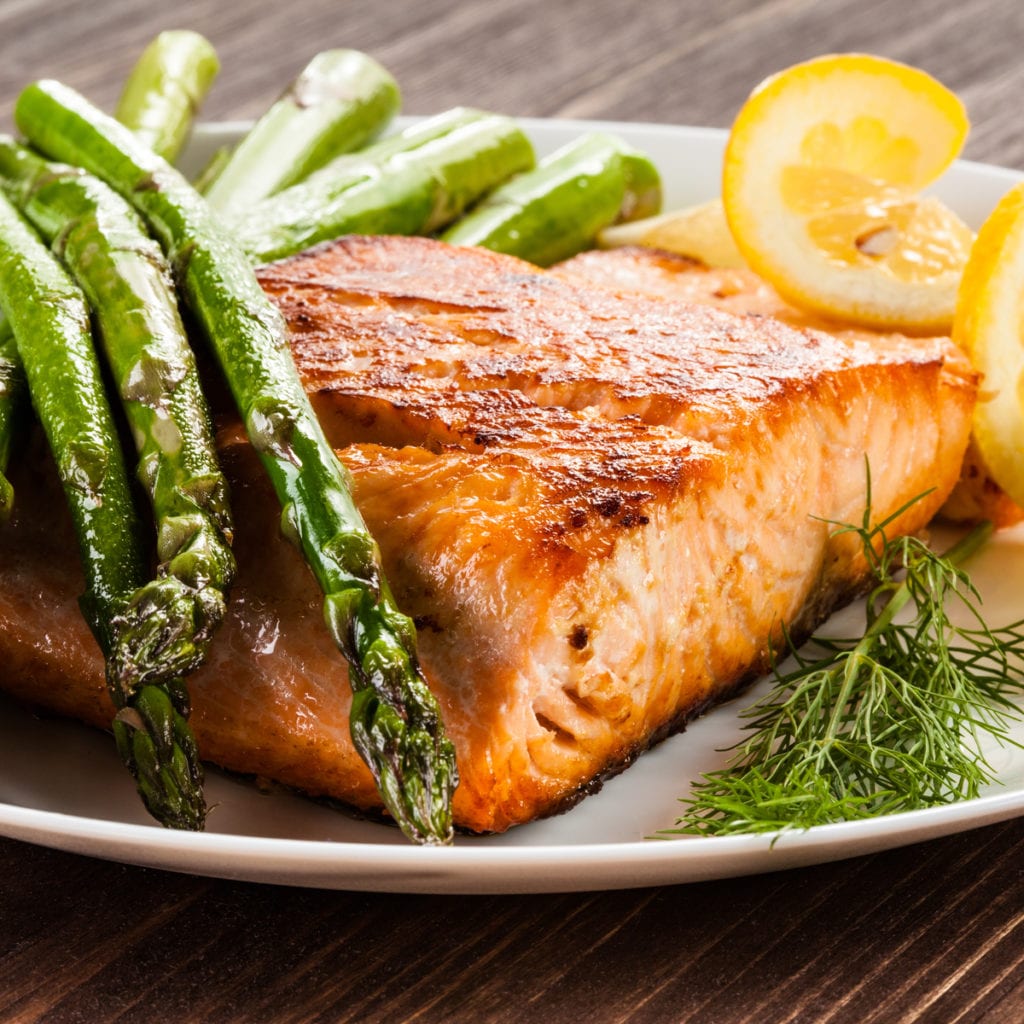
Carbohydrate restriction is essential if you want to achieve ketosis.
Here are some low-carb foods that are keto-friendly;
- Salmon
- Shrimp
- Asparagus
- Cauliflower
- Zucchini
- Eggplant
- Kale
- Lettuce
- Tomatoes
- Cheese
- Beef
- Chicken
- Turkey
- Eggs
- Coconut oil
- Greek yogurt
- Olive oil
- Almonds
- Brazil nuts
- Pecans
- Macadamia nuts
- Chia seeds
- Flax seeds
- Butter
- Cream
- Shirataki noodles
- Olives
- Unsweetened coffee
- Dark chocolate
- Unsweetened tea
Foods to avoid

If you want to make ketosis work for you, stick to low-carb foods such as meats, fish and keto vegetables. With your food intake, avoid these high-carb menu items:
- Grains
- High-sugar fruits such as bananas, dates, mangos and pears
- Juices
- Honey
- Syrup
- Sugar
- Starchy vegetables
- Chips
- Crackers
- Baked goods such as cakes and pastries
Next steps
Now that you know all about ketosis, you can make the ketogenic diet work for you. Visit your local grocery store to stock up on keto-friendly foods.
If you want to begin a ketogenic diet but would rather skip the shopping and cooking, subscribe to Fresh N’ Lean. We deliver your meals straight to your front door. Our chef-prepared meal plans range from keto to paleo, and they’re all made with organic food.


